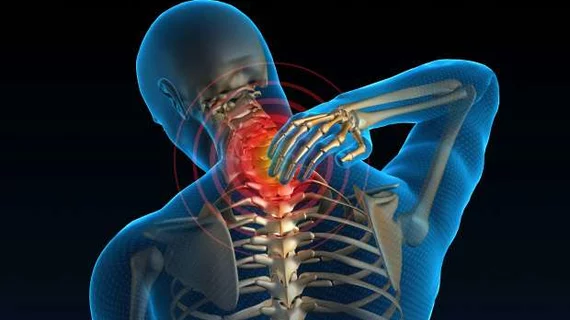Graphics, animation more effective for assessment of patient pain
The use of animations and graphics—instead of the traditional self-reporting and numerical scales—is a faster, more effective method for pain assessments in patients.
According to a study published Monday, Aug. 7, in the Journal of Medical Internet Research, most patients agreed or strongly agreed “painimation” was a useful tool for describing their pain and would use the tool to communicate with physicians in the future.
The study tested the usefulness and accuracy of “painimation,” which is described as the use of graphic visualizations and animations instead of words or a numeric scale to assess pain quality, intensity and course.
Charles Jonassaint, MHS, PhD, et al. wrote that benefits of using painimations include being a more “patient-centered” method for assessing pain. It’s also not affected by a patient’s age, literacy level, disabilities and doesn’t “perpetuate disparities in healthcare,” according to the study.
"This oversimplification of pain ignores the sometimes intermittent nature and moment-to-moment variation in key features of the pain experience," wrote Jonassaint et al. "Thus, medical providers miss opportunities to relate to their patients and may miss important symptoms and related diagnoses, leading them to intervene on poorly described and ill-defined targets."
The study tested the feasibility of using painimations to measure pain quality and intensity. Results from 162 patients were included in the study. Patients with acute and chronic pain were first interviewed and asked to self-report their pain before using painimation to describe it.
With painimation, patients were first shown an image of a body and asked to mark the area where they’re having pain. The animation then asked them to describe the quality and intensity of pain. Patients were then able to manipulate the graphic until it closely matched their experience.
"We believe using animations to measure pain can not only allow patients to describe pain sensations in a similar manner to how they experience them but, by not relying on words or numeric scales, can remove language and literacy as potential barriers to pain assessment,” the authors wrote.
The study then compared the results of patients' animation diagnosis to their self-reported pain. Of the 162 patients, 87 percent said painimation was useful for describing their pain; 84.2 percent said it was enjoyable to use; and 80.2 percent said they would use painimation to communicate with pain providers.
The study also suggests that future research, on a larger scale, be done to determine the validity and usefulness of painimation.
"Painimation has the potential to benefit both researchers and clinicians: for the former, it can improve understand of gender and ethnic differences in pain and, for the latter, it can decrease the frequency of misunderstandings in pain reporting,” the study said.

